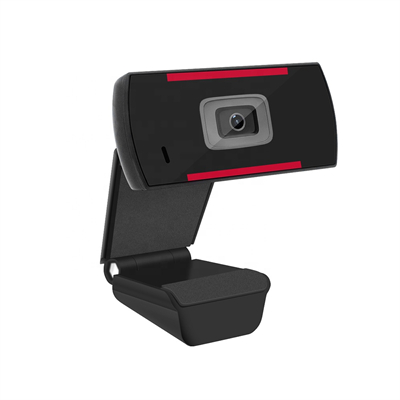Webcams play a crucial role in making virtual communication accessible to individuals with various needs. In this inclusive-focused blog post, we explore how webcams contribute to inclusive communication and provide tips for optimizing accessibility.
Webcams facilitate sign language interpretation for individuals with hearing impairments. Enabling clear visual communication ensures that sign language users can participate fully in online meetings.
Closed captioning and subtitles are essential for individuals who are deaf or hard of hearing. Pairing webcams with transcription services allows participants to follow conversations accurately.
Webcams also benefit individuals with speech disabilities. Visual cues and facial expressions provide alternative modes of communication for those who may struggle with verbal expression.
Adjustable settings, such as contrast and color adjustments, cater to individuals with visual impairments. Webcams that offer high-resolution video and clear visuals enhance the experience for visually impaired participants.
For individuals with mobility challenges, webcams offer a means of remote communication that overcomes physical limitations.
In conclusion, webcams enhance accessibility by providing visual communication options for individuals with diverse needs. By considering the needs of all participants, virtual communication can become more inclusive and accommodating.







